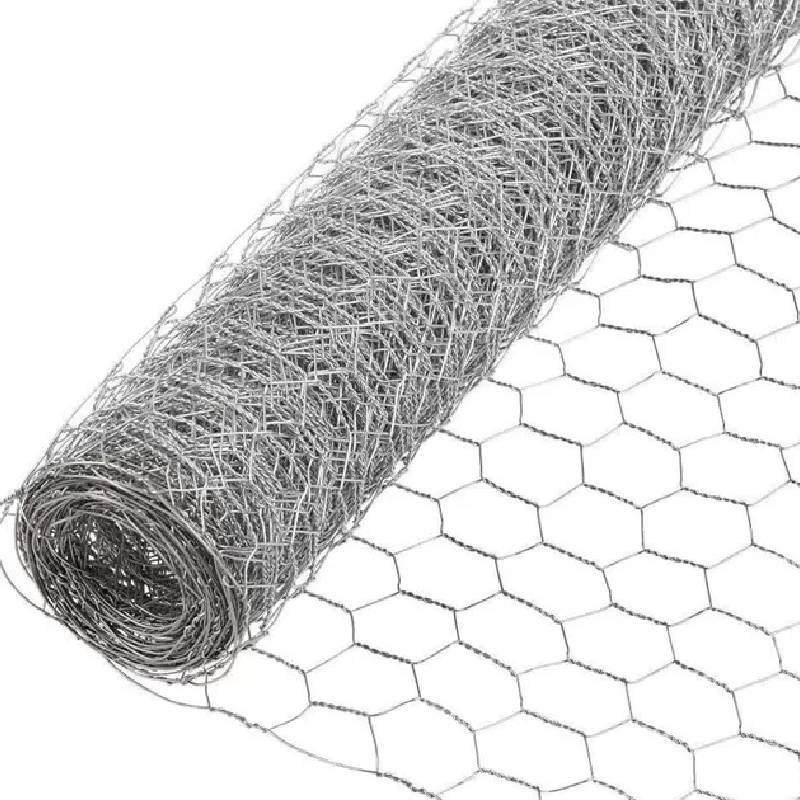
- Mobile Phone
- +8613931874955
- sales@cntcmetal.com
Innovative Techniques for Enhancing Structural Integrity in Masonry Wall Tie Applications
Understanding Wall Ties for Masonry Construction
Wall ties play a critical role in masonry construction, ensuring structural integrity and enhancing the overall performance of walls. These essential components function as connectors between different materials, typically tying together the masonry veneer and the structural backup wall. As builders and architects continuously seek to improve the durability and resilience of their constructions, understanding wall ties and their applications becomes increasingly important.
What are Wall Ties?
Wall ties are small, usually metal, devices that provide a link between the outer masonry surface (like brick or stone) and the inner structural wall (commonly made of concrete or block). Their primary purpose is to stabilize the façade, allowing it to withstand various loads, including wind pressure, while accommodating movement due to temperature changes, settling, or other factors.
The use of wall ties is not just a matter of construction practice; it stems from scientific principles of structural engineering. They help to distribute loads evenly and prevent cracking or bulging of walls, thereby maintaining the aesthetic and functional aspects of a building.
Types of Wall Ties
There are several types of wall ties, each designed for specific applications and conditions. The most common types include
1. Type A Ties Typically formed from galvanized steel, these ties are suitable for thin veneers and moderate load-bearing tasks. 2. Type B Ties These are heavier-duty ties, often used for larger masonry units or when enhanced lateral support is required. 3. Adjustable Ties These innovative ties can be modified to accommodate varying thicknesses in masonry, making them versatile for different building designs.
wall ties for masonry

Additionally, materials such as stainless steel, which provides superior corrosion resistance, are also available for wall ties, especially in coastal areas or regions with high humidity where regular ties might rust and fail.
Installation and Codes
The correct installation of wall ties is essential for their effectiveness. Ties must be placed at specified intervals, usually dictated by the regulations and standards set forth by building codes. The codes dictate the spacing of wall ties based on factors such as the height of the wall, the materials used, and the building's geographical location.
In general, ties should be anchored properly, with sufficient embedding in both the masonry and the backup wall. Failure to install them according to the standards can lead to serious structural issues, including wall failure or collapse.
Benefits of Wall Ties
The advantages of using wall ties extend beyond mere structural support. They improve water drainage between the layers of the wall, which helps to prevent moisture damage. Furthermore, wall ties contribute to the overall energy efficiency of a building by minimizing thermal bridging, thus reducing heating and cooling demands.
Conclusion
In summation, wall ties are a critical component in masonry construction, providing stability, durability, and structural integrity to walls. The choice of appropriate tie types, correct installation practices, and adherence to codes are all vital considerations for architects, builders, and contractors. As construction practices evolve and the demand for resilient buildings increases, understanding the role and functionality of wall ties will continue to be essential in the quest for structurally sound and aesthetically pleasing constructions.
share:
-
Your Source for Concrete Wall Ties and Masonry AccessoriesNewsJul.10,2025
-
Unlocking the Power of Iron Wire for Every ProjectNewsJul.10,2025
-
Explore Advanced Chain Wire and Stainless Steel Mesh FencingNewsJul.10,2025
-
Discover the Benefits of Annealed Wire ProductsNewsJul.10,2025
-
Discover China Stainless Steel Wire Mesh SolutionsNewsJul.10,2025
-
Build with Confidence Using High-Performance Masonry AccessoriesNewsJul.10,2025
-
Why Sacrificial Formwork Is Redefining Underground ConstructionNewsJun.06,2025



















